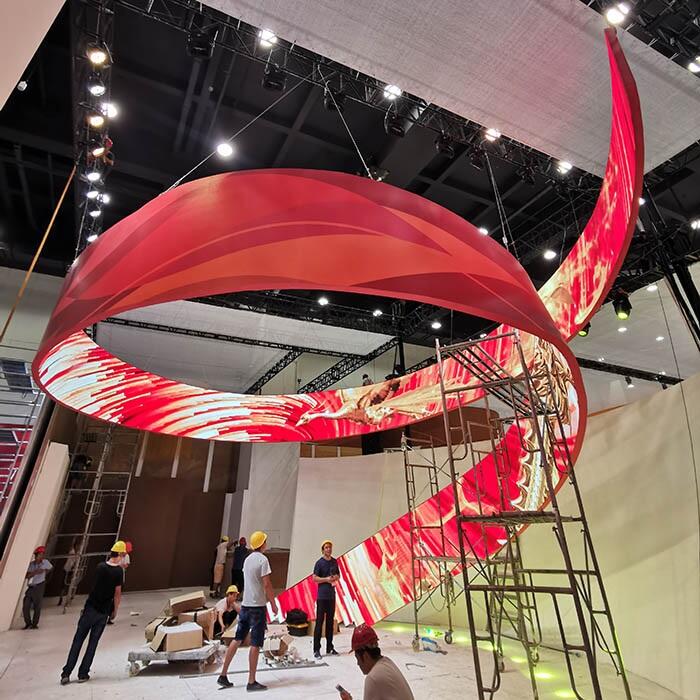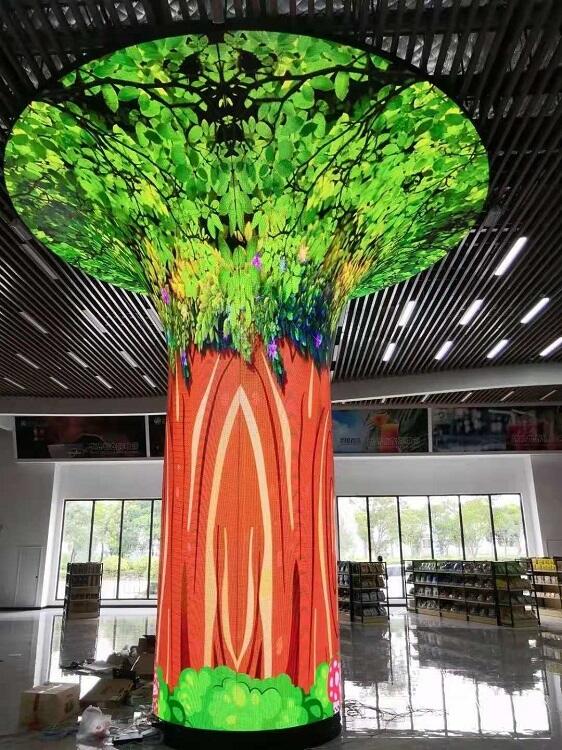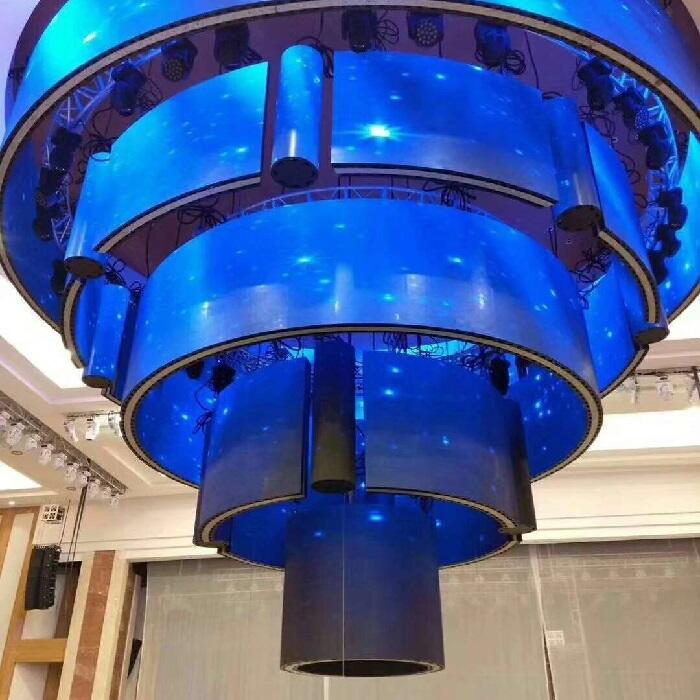flexible video screens
Flexible video screens represent a groundbreaking advancement in display technology, offering unprecedented versatility in digital visualization. These innovative screens utilize cutting-edge OLED technology combined with flexible substrate materials, enabling them to bend, fold, and conform to various surfaces while maintaining exceptional image quality. The screens incorporate multiple layers of specialized materials, including flexible semiconductors and protective coatings, that work together to deliver vivid colors and sharp resolution even when curved or bent. With response times typically under 1 millisecond and refresh rates of up to 120Hz, these displays provide smooth, fluid motion without blur or lag. The screens can achieve brightness levels of up to 1000 nits while maintaining energy efficiency through precise pixel control. Their unique construction allows for installations in locations previously unsuitable for traditional displays, such as curved walls, pillars, or custom-shaped surfaces. These screens support multiple input formats, including HDMI, DisplayPort, and wireless connectivity options, making them compatible with various content sources. The technology's adaptability extends to both indoor and outdoor applications, with models featuring weather-resistant properties and enhanced durability for diverse environmental conditions.


